Resource Type
Industry
Product Group
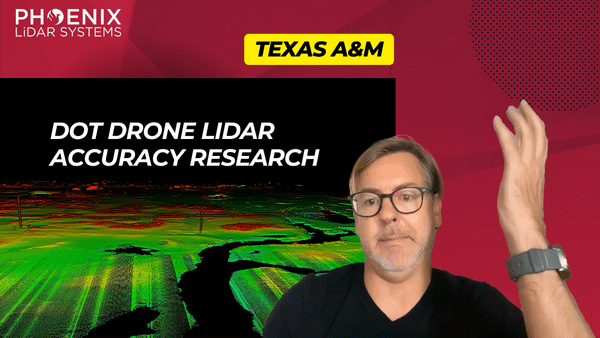
This video features Professor Michael Starek from Texas A&M University-Corpus Christi, as he discusses the innovative use of drone LiDAR technology by geomatics students to map and protect coastal habitats.
Through a detailed interview, Professor Sterk explains how they employ Phoenix LiDAR systems, including the high-end Ranger LR and the cost-effective Recon XT-A, to accurately measure microtopographic changes in sensitive wetland areas.
These drone-based systems provide crucial data for understanding coastal erosion, vegetation dynamics, and the impacts of sea level rise, with a focus on precision and the ability to capture minute changes in terrain that are vital for environmental monitoring and conservation.
The video highlights the practical applications of LiDAR in geomatics, demonstrating its significance in environmental science and the advantages of using drones over traditional aircraft for detailed and localized data collection. Professor Sterk emphasizes the career opportunities in geomatics, noting the high demand for trained professionals in this growing field.

Explore the transformative impact of Drone LiDAR technology in revolutionizing transportation infrastructure and environmental restoration. This video delves into how high-precision LiDAR mapping is becoming essential in transportation projects, enhancing accuracy in capturing topography and uncovering hidden utilities for better planning and execution.
Featuring real-world applications from industry leaders like David Evans and Associates, and hydrological projects led by Evan Radford, the video highlights the wide-ranging benefits of this technology.
Discover how Drone LiDAR reduces workload, improves safety for field crews through aerial scanning with drones and helicopters, and accelerates data collection. We also discuss the integration of aerial scanning with ground surveying to ensure unparalleled data accuracy and detail, crucial for comprehensive project success.
Additionally, we examine the role of advanced LiDAR software tools, like strip matching, in ensuring data quality and precision. This exploration is designed to equip professionals across industries with insights into the capabilities and advantages of Drone LiDAR technology in transforming transportation planning and environmental efforts.
Unlocking the Power of Drone LiDAR: Transforming Transportation Projects. The world of transportation infrastructure is undergoing a profound transformation, and at the heart of this revolution is Drone LiDAR technology. This groundbreaking innovation is fundamentally reshaping the way we approach transportation projects, providing unparalleled precision and accuracy in high-precision mapping. In our comprehensive exploration, we delve into the captivating realm of Drone LiDAR. We start by unraveling the core concepts, introducing you to the technology’s essence, and highlighting why it’s becoming an indispensable tool in various industries.
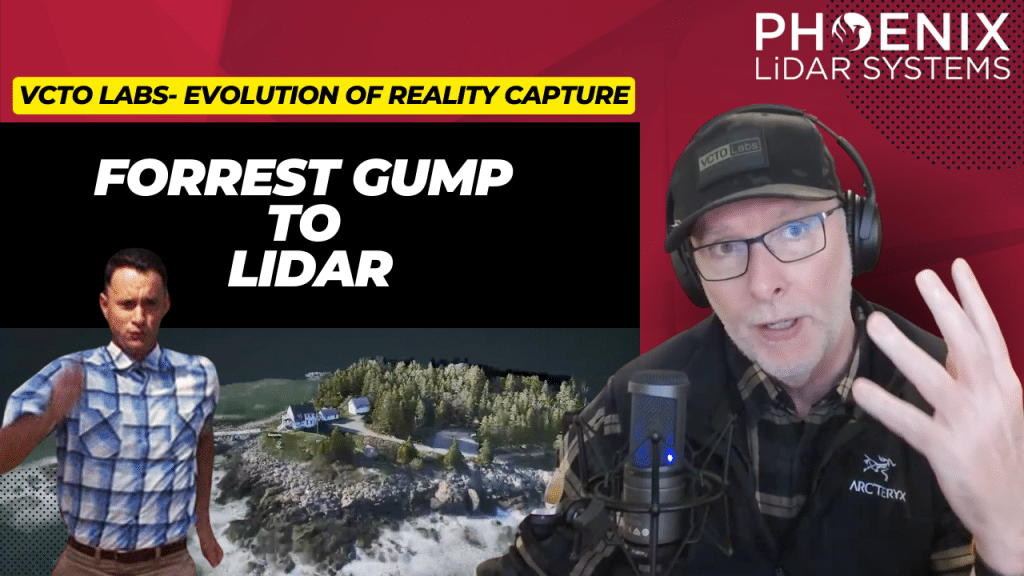
In this captivating video, we explore the powerful impact of LiDAR technology in geospatial storytelling from a pioneer in the field, Pete Kelsey from VCTO Labs. Pete shares his transformative experience using LiDAR to document and preserve the iconic Moai statues on Easter Island, highlighting how this project not only aided local decision-making regarding tourism but also resonated emotionally on a global scale.
The video also delves into LiDAR’s diverse applications, from preserving historical sites like Marshall Point Lighthouse, featured in “Forrest Gump,” to enhancing film production by providing accurate, photorealistic data. Join us as Pete discusses the future of storytelling with LiDAR technology, demonstrating its potential to inspire and effect change across various industries.
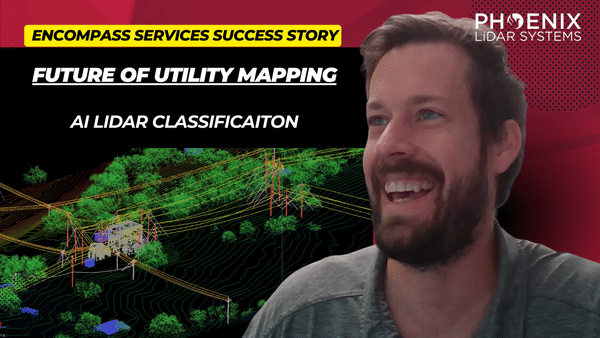
Discover the transformative power of drone-based LiDAR technology in this insightful video featuring industry experts James Kessner and Aaron Handl from Encompass Services. Explore how drones, integrated with LiDAR, are revolutionizing surveying and remote sensing by offering precise, cost-effective data collection alternatives to traditional methods.
The video delves into the environmental and technical challenges of drone LiDAR, including weather impacts and accessibility, and discusses solutions such as Trimble Business Center and LiDARMill for efficient data processing and analysis.
Learn about the importance of point cloud data classification, wire detection through dense vegetation, and the role of advanced tools like the Recon MiniRanger sensor and AI-powered software in enhancing data accuracy.
This video also highlights the applications of LiDAR data in generating imagery and orthomosaics for subsurface utility engineering projects, providing critical insights for utility companies and engineers.
Join Kessner and Handl as they navigate the complexities of drone-based LiDAR and demonstrate its vast potential in improving survey deliverables and operational efficiency.
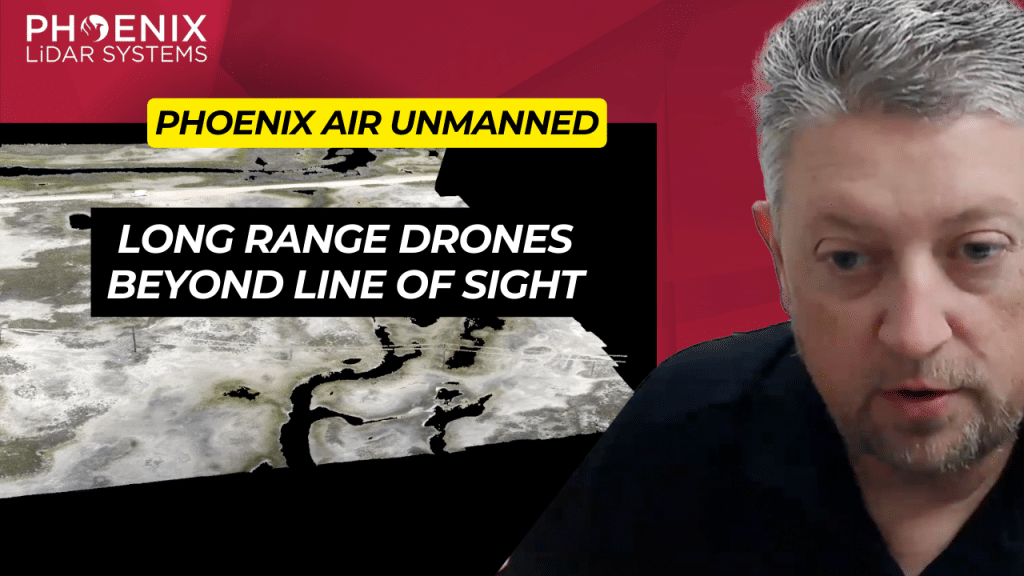
Explore the cutting-edge world of drone operations with Phoenix Air Unmanned, a leader in the industry known for its advanced use of LiDAR technology and dedication to safety and innovation.
This video provides an in-depth look at how Phoenix Air Unmanned, a subsidiary of Phoenix Air Group, is revolutionizing drone applications with state-of-the-art technology, including the Phoenix LiDAR Systems Ranger UAV.
Discover how their Beyond Visual Line of Sight (BVLOS) capabilities allow for efficient data acquisition over vast terrains, making them a key player in sectors like utilities for vegetation management and disaster response.
Learn about their diverse services that cater to multiple industries, their rapid data gathering capabilities that outpace traditional methods, and their prowess in creating detailed 3D models for enhanced analysis and decision-making.
The video also highlights the LiDARMill, an innovative online processing suite that simplifies LiDAR data processing, demonstrating Phoenix Air Unmanned’s commitment to pushing technological boundaries and delivering exceptional results across various sectors.
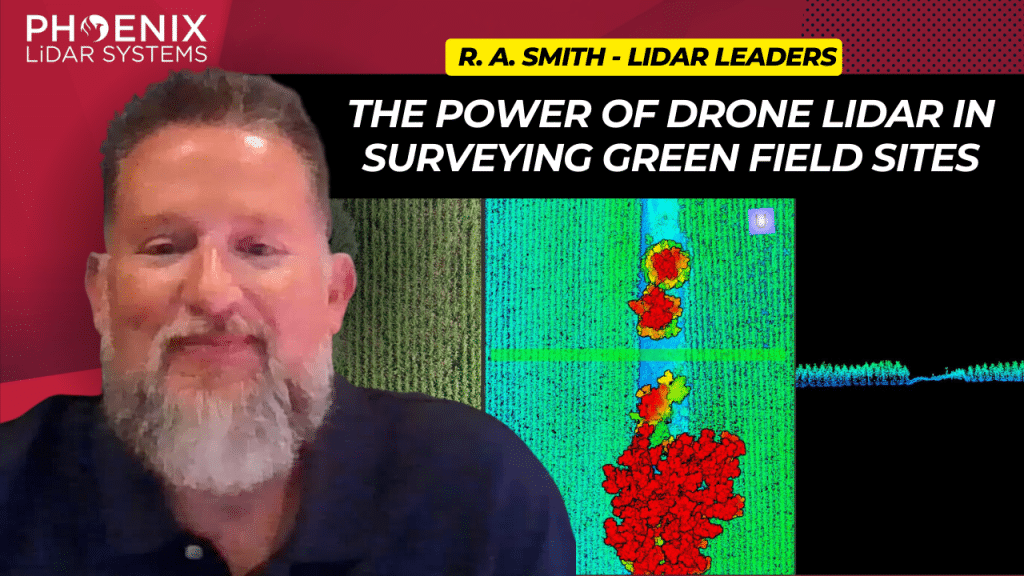
This video delves into the transformative impact of the Phoenix MiniRanger 3 on raSmith’s aerial survey operations, a leading name in civil engineering and surveying based in Brookfield, Wisconsin.
Adopted to enhance the efficiency of surveying expansive greenfield sites, the MiniRanger 3 overcomes challenges posed by dense vegetation like corn, soybeans, and alfalfa, using advanced LiDAR technology.
This state-of-the-art aerial LiDAR system stands out for its high vertical accuracy, robust point density, and reliable GPS integration, making it ideal for detailed and obstructed terrains.
RaSmith’s integration of the Phoenix MiniRanger 3 has not only streamlined their aerial survey workflow but also allowed them to tackle labor shortages, diversify into corridor work, and expand scanning services for public utilities.
Backed by Phoenix’s exceptional technical support, this adoption highlights a significant shift towards more resource-efficient and precise surveying methods. The video underscores the system’s role in pushing the boundaries of civil engineering and surveying, paving the way for future advancements in LiDAR technology.
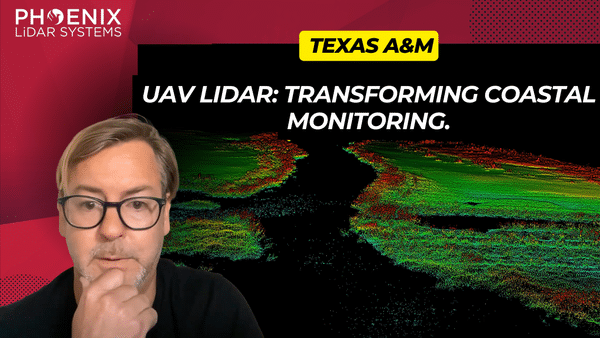
This video presents a detailed comparative analysis of two leading LiDAR sensors, the VUX and Avia, within the geomatics sector. Focusing on their performance in capturing precise vegetation and terrain data, the video highlights the VUX sensor’s superior precision, energy penetration, and pulse rate, making it ideal for challenging environments like dense forests.
The research also explores the integration of unmanned aircraft systems (UAS) with LiDAR technology, showcasing the potential of the Riegl Vux 1LR and Live OXAVIA sensors. Key insights include the Department of Transportation’s interest in UAS for crash scene reconstructions and surveying, illustrating the need for efficient data collection methods.
Phoenix LiDAR Systems is featured for its advanced UAS LiDAR solutions and Spatial Explorer Pro software, emphasizing the increasing importance of LiDAR technology in geomatics, especially for environmental applications like wetlands where accurate elevation data is crucial.

Discover the future of forest analysis with drone and LiDAR technology in this video. Led by Evan Braubin, an associate professor at the University of Florida, the GatorEye research program is revolutionizing how we study forests. Using the Harris Aerial H6 platform and the high-resolution GatorEye XTR system, drones equipped with LiDAR and hyperspectral sensors provide unparalleled insights into forest structure and species distribution.
The video highlights the integration of sensor fusion, combining visual, auditory, and temperature data for a comprehensive understanding of the forest environment. Learn about the Phoenix SpatialExplorer algorithm, which enhances data density and accuracy by meticulously calibrating flight parameters.
Braubin’s collaboration with Phoenix LiDAR has propelled his research, developing advanced systems like the OrkCS and Orca CS ground stations. This innovative approach is transforming forest analysis, uncovering the intricate impact of vegetation on animal movement and distribution.
Explore the groundbreaking advancements in remote sensing and forest analysis in this video, featuring keywords such as LiDAR technology, drone sensor fusion, GatorEye, hyperspectral sensors, Harris Aerial, and Phoenix SpatialExplorer. Welcome to the future of forest analysis!
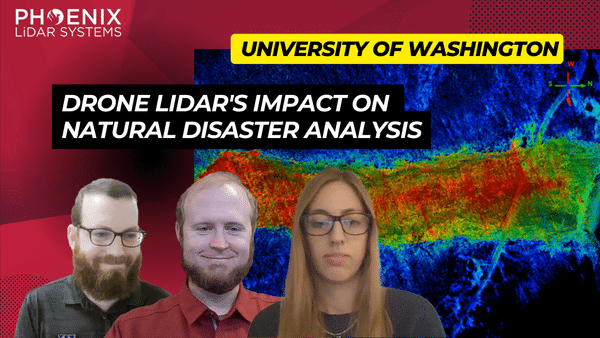
In the ever-evolving world of technology, LiDAR (Light Detection and Ranging) has emerged as a groundbreaking tool, especially in the realm of natural disaster research. The RAPID Facility, an integral part of the Natural Hazards Engineering Research Infrastructure (NERI) network, has been at the forefront of harnessing this technology. Their mission? To support researchers in collecting invaluable data on natural disasters, offering insights that were previously unimaginable.